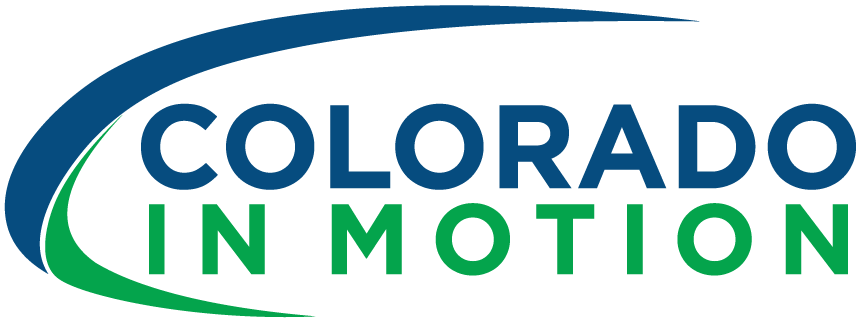It’s an exciting time for baseball. High school state tournaments are here (go Rocky Mountain and Windsor!), the major leagues are in full swing, and the College World Series is around the corner. Weary from the challenges of the season, and in preparation of summer/club play, it’s a time when we tend to see a higher volume of high school throwing athletes in the clinic with shoulder pain. This got us thinking that this is a perfect time to start a series discussing shoulder health for throwers in an effort to provide useful tips and exercises you can work into your training this summer.
Keeping You Healthy & Back In The Game
Ultimately, our goal will be to get you healthy, to ensure you stay healthy, and to have you throwing harder than ever next season. Shoulder injuries are the most common injury in high school baseball players accounting for over 33% of injuries in pitchers and 25% in catchers. When we think of shoulder injury, we likely think of the rotator cuff, and years ago, it became rather common for coaches and players to implement resistance band exercises for these muscles as part of the their warm-up. However, all too often, this is all I see players doing – I used to be one of them. As a baseball player, I would often warm-up with a series of these rotator cuff exercises in the dugout before playing and think it was adequate to maintain shoulder health throughout my season. The rotator cuff can certainly be important, but if this is all we’re doing, we’re missing a huge piece of what makes our shoulder function optimally. The throwing motion is an extremely complex, integrated movement that involves many areas of the body. The goal is to generate as much force as possible and efficiently transfer this force from your lower body and trunk, through the shoulder blade, shoulder, elbow, and ultimately to the ball as it leaves your hand towards the plate. When we look at the throwing motion this way, we see that the shoulder is simply one more “link in the chain” and heavily reliant on other areas of the body to do their part before even entering the picture. In this video and blog series, we’ll take a tour of the throwing motion, identify key areas/muscles in the body at various stages, and provide exercises to help you throw at your absolute best.
It All Starts With The Hips
You may think it’s strange that a blog/video series on shoulder health begin with a discussion on the hip, but this is arguably one of the most important pieces to generating power when pitching. Researchers on the topic have found 55% of the force generated during the throwing motion comes from our hips and trunk. Think about that for a minute. Shoulder injuries are one of the most prevalent injuries for throwing athletes, but more than half of force during the motion comes from places other than the site of injury. Inefficiencies in the trunk and hips can spell trouble for throwers as often times they lead to other areas having to work harder or absorb more force to make up for it. This can lead to increased risk of injury and/or poor performance. Researchers call this the “catch up phenomenon” and it serves as a key reason why the hips are so important when talking about shoulder health and throwing performance. In fact, researchers have found a direct link between hip strength and increased risk of shoulder injury in overhead athletes. Also, research has shown faster-throwing college baseball pitchers create more momentum, force, and power in the legs/hips compared to their slower-throwing counterparts. In other words, more force from the legs translated to faster throwing speeds and decreased risk of injury.
Throwing Analysis
When I was training as a pitcher at Bolliteri Academy, our coaches would often show us video analysis of Nolan Ryan. I’m showing my age a bit with this reference, but Nolan Ryan was one of the greatest pitchers of all time and our coaches would regularly point to the force or momentum he would generate from his legs during his pitching delivery. They would then contrast this with players like Pedro Martinez, who exhibited much less lower body push off the mound. Both pitchers had incredible careers and generated high velocity, but Pedro’s career was much shorter than that of Ryan’s, largely due to recurring shoulder injury. In addition, Pedro did not stay in that 95+ mph category after those injuries and was throwing more in the mid 80’s by the end of his career. Nolan Ryan was pitching mid to high 90’s well into his 40’s. In fact, some say the last major league pitch Ryan threw at age 46 was clocked at 98 mph! There are many factors that contribute to Ryan’s legendary velocity and durability, but hip mobility, strength, and power have often been touted as a key component to his success. More currently, if you look at some of today’s fastest pitchers, such as Aldoris Chapman (pictured left) with an average fastball speed of 100+ mph, you’ll see they all have a massive leg drive, or push from their hips, as the foundation of their throwing motion.
So, now that we’ve made the case for including the hips in any throwing conditioning program, how exactly do we train them? In the videos below we’ll break down the concepts of mobility, strength, stability, and power as it relates to the throwing motion. Take a look and stay tuned for more videos on ways to improve throwing performance while reducing the risk of injury.
Dr. Eric Leeseberg is a physical therapist at Colorado In Motion
